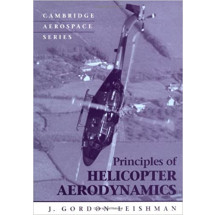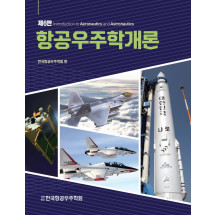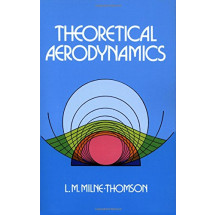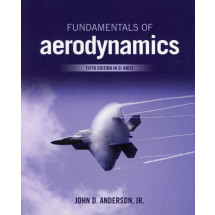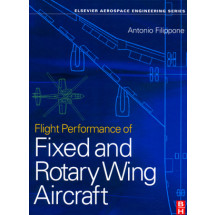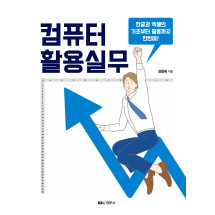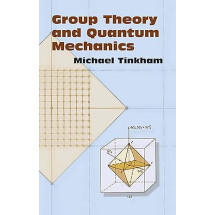Aircraft performance is influenced significantly both by aeroelastic phenomena, arising from the interaction of elastic, inertial and aerodynamic forces, and by load variations resulting from flight and ground manoeuvres and gust / turbulence encounters. There is a strong link between aeroelasticity and loads, and these topics have become increasingly integrated in recent years
Introduction to Aircraft Aeroelasticity and Loads introduces the reader to the main principles involved in a wide range of aeroelasticity and loads topics. Divided into three sections, the book begins by reviewing the underlying disciplines of vibrations, aerodynamics, loads and control. It goes on to describe simplified models to illustrate aeroelastic behaviour and aircraft response before introducing more advanced methodologies. Finally, it explains how industrial certification requirements for aeroelasticity and loads may be met and relates these to the earlier theoretical approaches used
Presents fundamentals of structural dynamics, aerodynamics, static and dynamic aeroelasticity, response and load calculations and testing techniques.
Covers performance issues related to aeroelasticity such as flutter, control effectiveness, divergence and redistribution of lift.
Includes up-to-date experimental methods and analysis.
Accompanied by a website with MatLAB and SIMULINK programs that relate to the models used.
Introduction to Aircraft Aeroelasticity and Loads enables the reader to understand the aeroelastic and loads principles and procedures employed in a modern aircraft design office. It will appeal to final year undergraduate and masters students as well as engineers who are new to the aerospace industry


